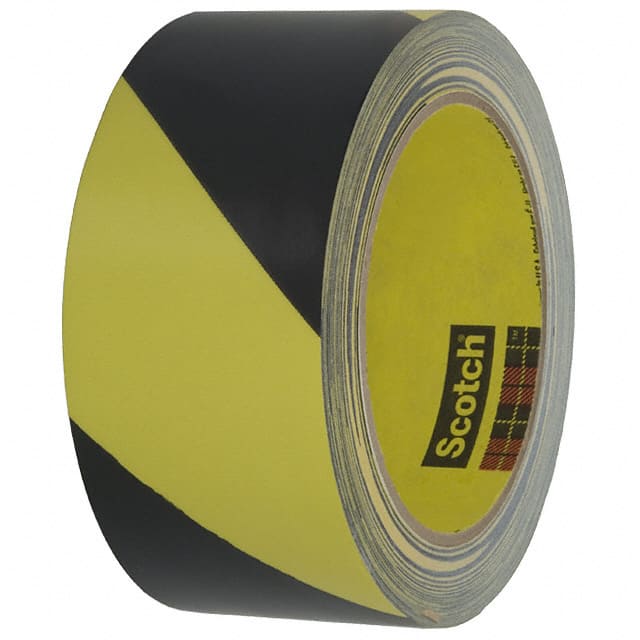Ⅰ. Tapes, Adhesives, Materials
Ⅱ. Physical Characteristics of Tapes, Adhesives, Materials
Ⅲ. Electrical Characteristics of Tapes, Adhesives, Materials
Tapes, adhesives, and materials are essential components in many industries and applications. Here are some examples of different types of tapes, adhesives, and materials and their common uses:

1.Pressure-sensitive tapes: These tapes are coated with a pressure-sensitive adhesive and can be used for packaging, masking, labeling, and mounting.
2.Double-sided tapes: These tapes have adhesive on both sides and can be used for bonding two surfaces together.
3.Duct tapes: These tapes are reinforced with a mesh or fabric and can be used for sealing, patching, and repairing.
4.Electrical tapes: These tapes are made from vinyl or rubber and can be used for insulating electrical wires and components.
5.Structural adhesives: These adhesives are designed for bonding high-strength materials, such as metals, plastics, and composites.
6.Epoxy adhesives: These adhesives are two-part systems that cure to a strong, durable bond and can be used for bonding, filling, and repairing.
7.Silicone adhesives: These adhesives have good flexibility and resistance to temperature and can be used for sealing and bonding.
8.Acrylic adhesives: These adhesives have good UV resistance and can be used for bonding plastics and metals.
9.Rubber materials: These materials can be used for gaskets, seals, and insulation.
10.Plastic materials: These materials can be used for packaging, insulation, and construction.
11.Metal materials: These materials can be used for manufacturing, construction, and automotive applications.
The choice of tapes, adhesives, and materials depends on the specific application and requirements, such as strength, durability, flexibility, and environmental conditions. It's important to choose the right product to ensure a strong and reliable bond or seal.
Physical Characteristics of Tapes, Adhesives, Materials
Tapes, adhesives, and materials can have a wide range of physical characteristics that affect their performance in different applications. Here are some of the key physical characteristics to consider:
1.Thickness: The thickness of a tape or adhesive can affect its conformability to uneven surfaces, as well as its strength and durability.
2.Tensile strength: This is the maximum force a tape or adhesive can withstand before breaking. It's an important consideration for applications where a strong bond is needed.
3.Elongation: This is the amount of stretch a tape or adhesive can withstand before breaking. It's an important consideration for applications where the material needs to be flexible or able to absorb shocks.
4.Adhesion: This is the ability of a tape or adhesive to stick to a surface. It's affected by factors such as the type of adhesive, the surface texture and cleanliness, and the application temperature and pressure.
4.Cohesion: This is the ability of a tape or adhesive to stick to itself. It's important for applications where the material needs to form a strong bond with itself, such as in a lap joint.
5.Shear strength: This is the strength of a tape or adhesive when subjected to a parallel force. It's an important consideration for applications where the material needs to resist sliding or slipping.
6.Temperature resistance: This is the ability of a tape or adhesive to withstand high or low temperatures without losing its adhesive properties. It's an important consideration for applications where the material will be exposed to extreme temperatures.
7.Chemical resistance: This is the ability of a tape or adhesive to resist damage or degradation when exposed to chemicals or solvents. It's an important consideration for applications where the material will be exposed to harsh chemicals.
8.Water resistance: This is the ability of a tape or adhesive to resist water and moisture. It's an important consideration for applications where the material will be exposed to water or humidity.
By considering these physical characteristics, you can choose the right tape, adhesive, or material for your specific application, ensuring a strong and durable bond or seal.

Electrical Characteristics of Tapes, Adhesives, Materials
Electrical characteristics are an important consideration when selecting tapes, adhesives, and materials for electrical applications. Here are some of the key electrical characteristics to consider:
1.Dielectric strength: This is the ability of a material to withstand electrical breakdown when subjected to a voltage. It's an important consideration for applications where the material will be used as an electrical insulator.
2.Dielectric constant: This is the measure of a material's ability to store electrical energy in an electric field. It's an important consideration for applications where the material will be used as a capacitor or in high-frequency circuits.
3.Insulation resistance: This is the resistance of a material to the flow of electrical current through it. It's an important consideration for applications where the material will be used as an electrical insulator.
4.Conductivity: This is the ability of a material to conduct electrical current. It's an important consideration for applications where the material will be used as an electrical conductor.
4.Electrostatic discharge (ESD) resistance: This is the ability of a material to dissipate electrostatic charges without causing damage to sensitive electronic components. It's an important consideration for applications where the material will be used in electronic devices or manufacturing.
5.Magnetic properties: This is the ability of a material to affect or be affected by magnetic fields. It's an important consideration for applications where the material will be used in electromagnetic devices or shielding.
By considering these electrical characteristics, you can select the right tape, adhesive, or material for your specific electrical application, ensuring proper insulation, conduction, and protection of sensitive components.



